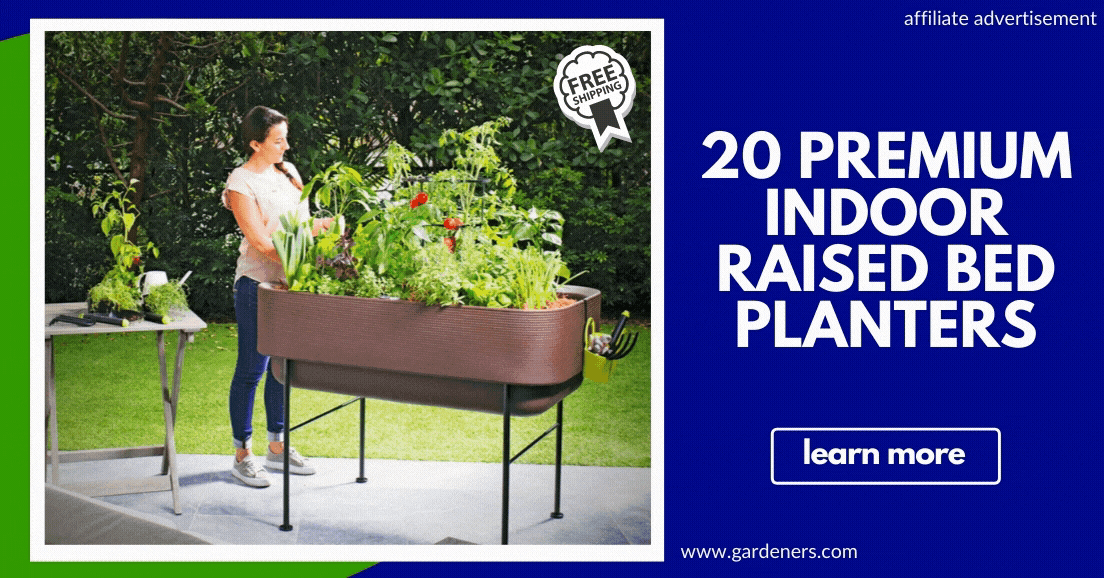Gardening is fun as an outdoor activity but you can enjoy it inside too. If you have no space to sow a garden, it doesn’t mean you can’t grow fresh vegetables and herbs. This is possible, you can grow all types of plants indoors you just need to get it started in a few pots, soil, and fertilizer.
There are many different styles and techniques that can be used for indoor gardening you can grow your indoor Garden in any space such as homes officers restaurants schools and anywhere else plants the environment in the presence of plants change your mood their beauty will create a peaceful atmosphere around us
Advantages of Indoor Gardening
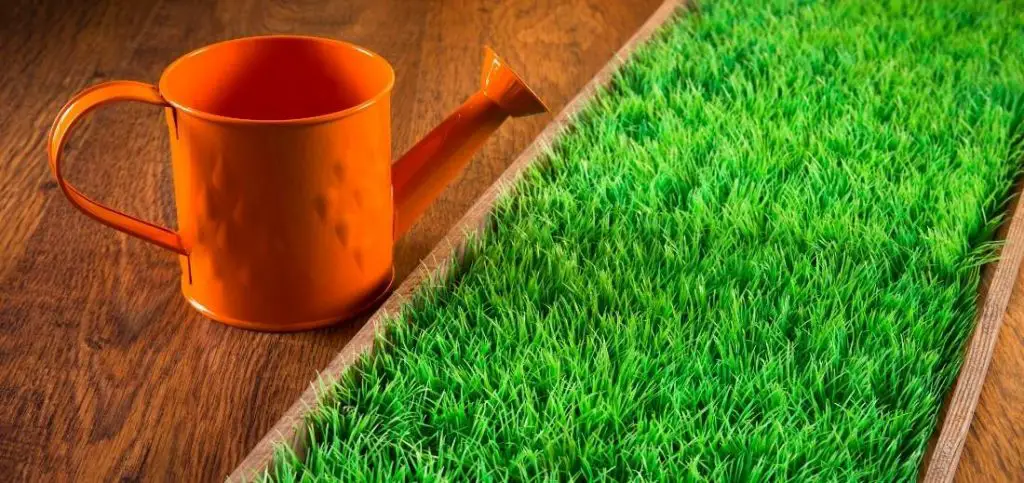
- You can get vegetables for your kitchen from your own indoor garden, it gives a feeling of happiness.
- There are plenty of ways to decorate your potted plants or hanging baskets. When you start indoor planting, it gives you various decor ideas.
- Numerous people want to start gardening as a hobby but can’t do it because they have no yard space. You can do it in a small apartment, there are different ways for doing it.
- You can’t deny that plants are fantastic air purifiers, they have an ability to improve the air quality of your living area.
- If you are living in such an area where the climate is very harsh, you can grow your plants inside your house. In winter, you can keep them inside and when the weather is favorable you can move them to your outdoor garden.
Types of Indoor Gardening
Container Gardening
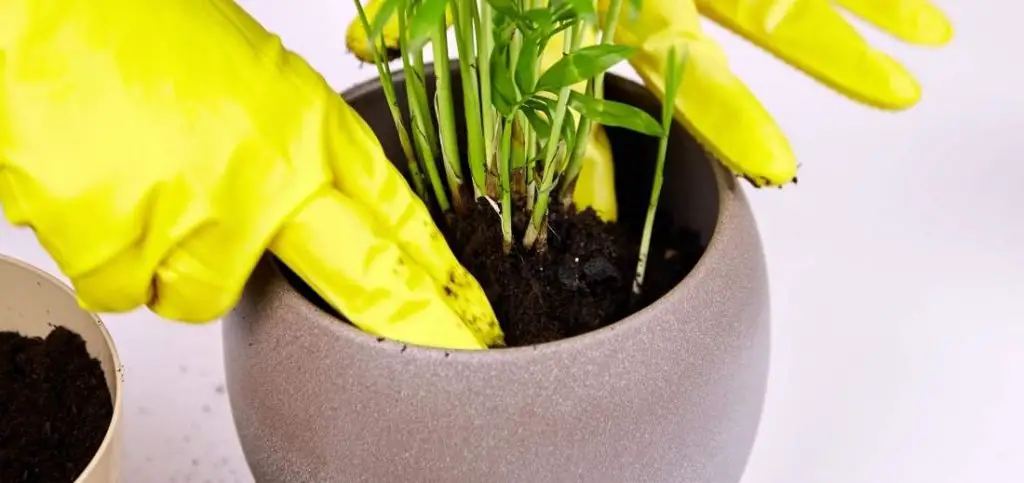
It is the most common technique for growing indoor plants in pots, terrariums, and any other up-cycled vessels you would like to try, such as coffee cans, vases, or old paint cans. You can use your creative ideas for making anything other than artificial plant pot. Some points are kept in your mind while making beautiful containers for your garden. You can also buy containers from the market as a requirement of your plants
Read More: 10 Best DIY & Cheap Container Vegetable Gardening Ideas Anyone Can Use
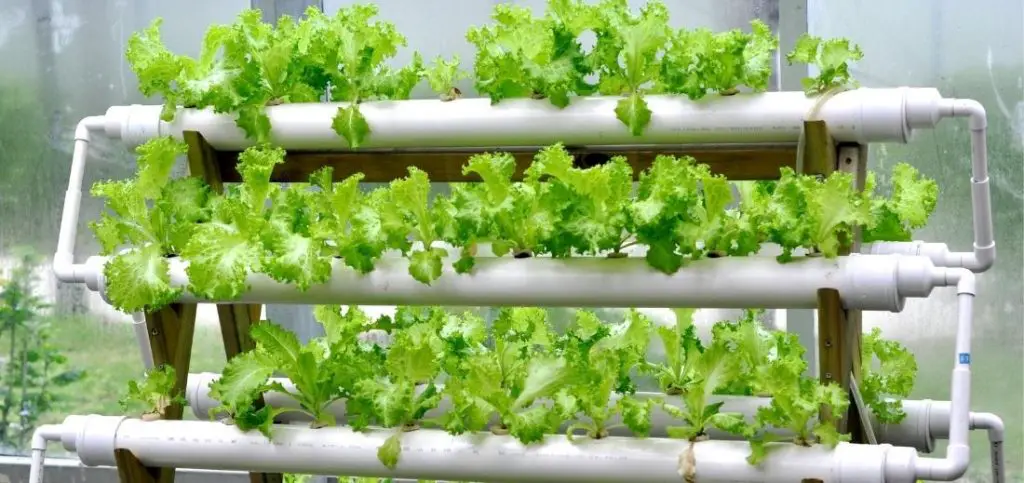
It is a method in which you can grow plants without soil by using the mineral nutrient solution in a water solvent. In this way, plants grow much faster as their nutrients are readily available to them. It is a good thing that plants don’t need to consume their energy for searching nutrients within the soil.
You can make this type of garden easily in a simple glass jar with a little water and nutrients or as complex as a fully irrigated table set up to grow a vast garden of herbs and veggies.
Vertical Gardening
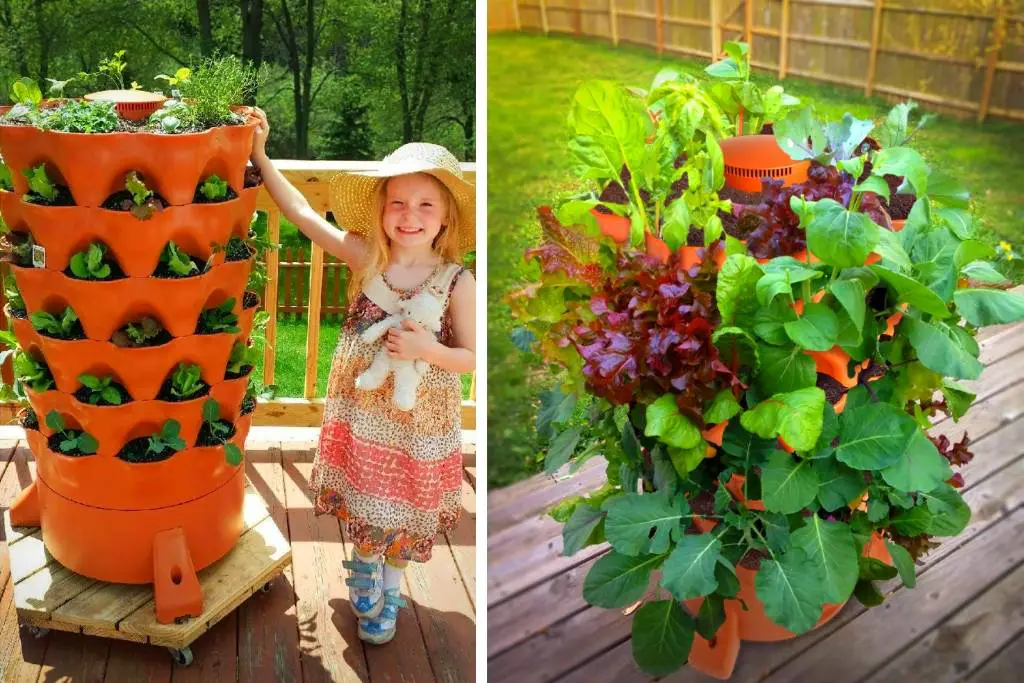
Vertical Garden is a technique in which you can grow your plants on a vertical suspended panel. You can use any wall from your living area. Living walls are a unique technique that you can use to create your indoor garden in a small space. It is a space-efficient technique which can fill up any empty space on a wall.
This type of garden can be made up of different types of plants like lettuce, herbs, peas, or strawberries. Some herbs, fruits, and vegetables will grow better than others on a living wall so do some research before trying to set up.
Also Read: Garden Tower Project Review – A Beautiful Small Space Garden
How to Start Indoor Gardening
If you decide to make your indoor vegetable garden, you have to take care of many things which are necessary for this. Each stage is going to explain very briefly so you can understand. With this discussion, you will clear your doubts, if you have any.
1- Choose Your Plants.
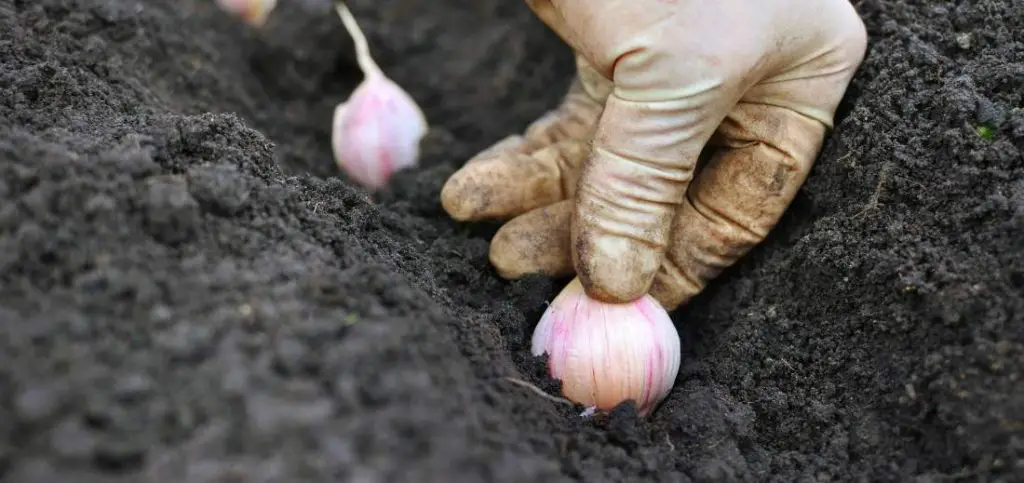
This is very important to decide which type of vegetables you want to grow indoors. You have to do some research for this purpose. There are many vegetables which you can grow easily in your house. Here are some, which helps you to make your decision about choosing vegetables.
- Carrot is a deep-rooted vegetable, so you don’t worry about space. Make sure they get plenty of light at least 12 hours a day.
- Green onions are best as an indoor vegetable because they need no attention and don’t require as much sunlight as other veggies. It is very easy to grow.
- Herbs like sunshine make it possible that they get more light from your growing place. Herbs have many varieties like Parsley, Oregano, Mint, and Rosemary, etc.
- Hot papers like warm weather and full sunshine their plus point is that they are self-pollinating and you can easily grow them inside your house. Plant them in an elevated planter box.
- Tomatoes can be grown easily in containers. Their seeds can germinate very quickly. It likes a warm climate. You have to take care about the availability of sunlight for them.
- Radish is quick growers, they don’t need much light but make sure they are not crowded so their balls can grow.
- Garlic can grow easily from their bulbs. When we talk about their indoor growing then we can grow it in two ways. One is in the container and the other is in the water, watering method is very easy because for that purpose we only need water, a pot, and garlic bulbs.
- Microgreens are packed with 40 times more vitamins and nutrients than fully grown plants. You can add them to your sandwiches so you will be able to make nourishing food for your diet.
Seeds are less expensive than plants, if you want to save your money then you can grow your plants with seeds. You can buy any type of seeds from stores, if your desired seeds are not available then you can order it from online.
2- Arrange Planter Boxes or Container
Indoor planter boxes are the containers for the plants you bring to grow indoors. They will change your indoor environment if you use your creativity and aesthetic sense. There are different types of planters or containers available in the market. You can reuse and recycle your waste things to make them at home too.
Your planter box has some qualities like:
- A good planter has plenty of room for the plant to grow. Some plants need a shallow container and others require quite a large one.
- The planter will also need to allow for drainage because very few plants like to have their roots completely drowned in water.
- Metal planters are heavy, strong, attractive, and often have excellent capacity but metals tend to warm up as compared to other containers. It could be damaged by water over time
- If you want to buy ceramic on stoneware planters then it is a good option. They have the potential for a variety of beautiful colors, so decor your deck, patio, or balconies.
- Some planters are heavy so it is good to research your plant and observe your environment develop carefully because a large planter is not something you are going to move easily.
Also Read: 20 Best Indoor Raised Planter Box
3 – Location
Whatever your living situation, size of your office, or accessibility to sunlight, there is an indoor gardening plan that will work for you. Even if you just want a touch of greenery to brighten a windowless room.
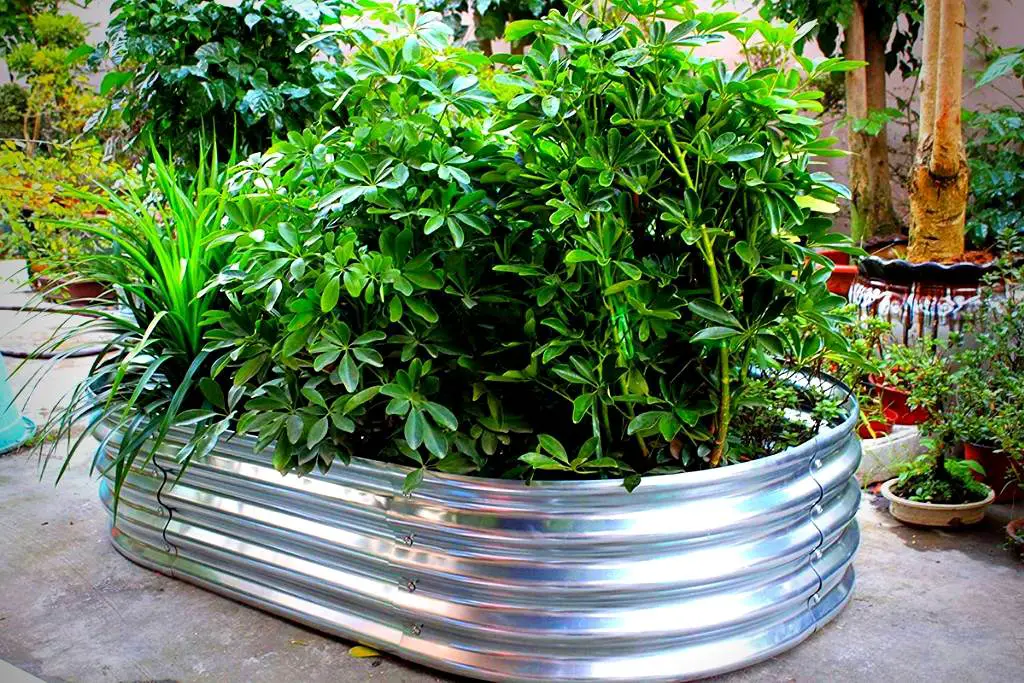
Creative potting techniques can allow you to turn a small corner of your kitchen into a flourishing garden or blank wall in your living room into a tapestry of indoor life. It is a good question that what is the best indoor garden location, in your house.
You have to pick a convenient spot for your plants in your house. Heat and light are two important factors for the growth of plants, you can’t neglect them while choosing the location.
4 – Light
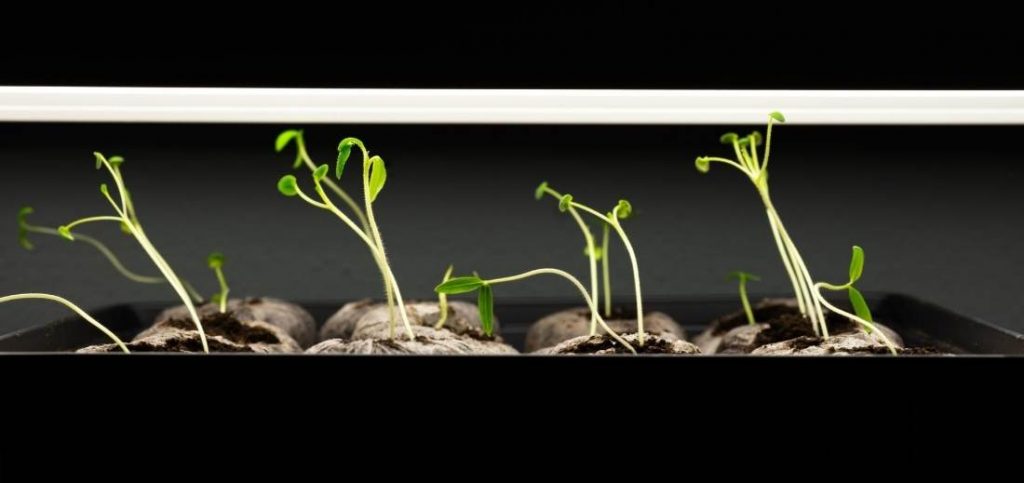
When seedlings break through the soil they need light. Sunlight is very necessary for your plant’s reproduction if you may not have much direct sunlight available then and you can use LED or HID grow lights.
Some plants require very little natural light to grow while others cannot go without it. Different plants will have different lighting needs, a little investigation is required for specific plants. It is better to choose a spot that receives sunlight as well as artificial light.
Some gardeners press aluminum foil or whiteboard on the surface around containers to reflect light, this will result in maximizing the light by reflecting it back toward the seedling.
5- Soil and Nutrient
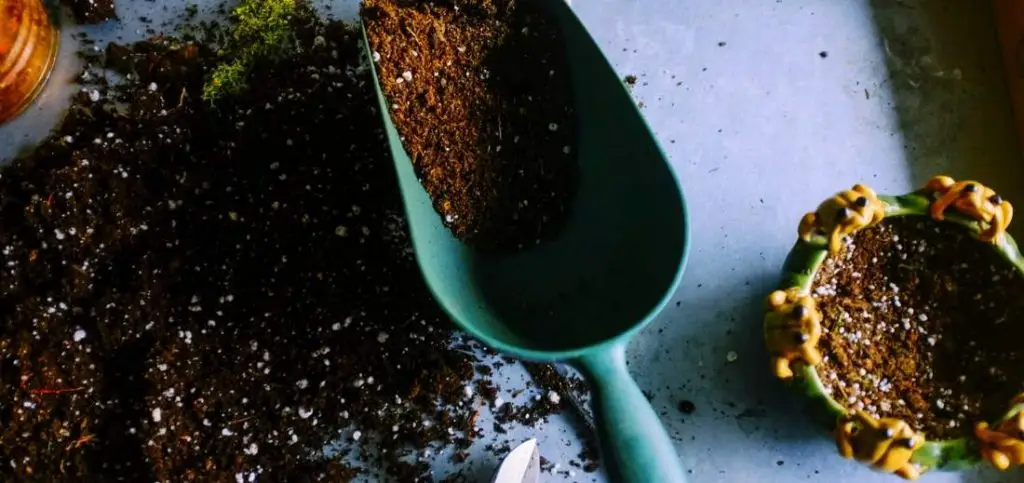
Preparing the perfect soil for your indoor garden is much easier as compared to outdoor. You can easily manage your soil in your raised indoor beds. You can buy high-quality soil from the market and use compost to provide good nutrients for your plants.
One thing to keep in mind, indoor potted plants require soil that is light and fluffy, so the soil can drain properly when watered. Light soil is better for an indoor plant that will not be in direct sunlight. Replenish the nutrients of your soil by adding fertilizers frequently.
From time to time repot your plants and give them fresh soil because it will keep them happy and healthy. It is compulsory to sow the seeds when the average last spring frost has passed. Once your plants are growing, don’t transplant them outside too early, we are very excited to get started but it is wise to wait.
6- Water
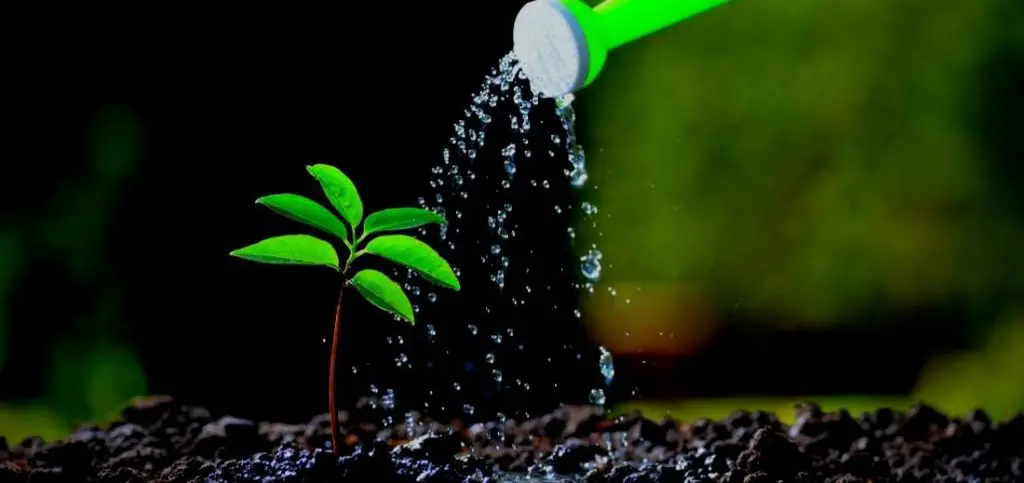
It is very confusing for indoor planting to give the right amount of water to your plants. Check the soil moisture daily, you can check it easily by sticking your finger into the soil. Watering is the most important factor for your indoor garden.
It looks very easy but it needs full attention and care. Some plants need less water than others. Some like to be water from above while others prefer bottom watering so the leaves don’t get wet and the lowest roots can soak up the moisture.
Under-watering can dry plants out and give them crunchy leaves while over watering can turn their leaves into yellow and eventually kill them. It is important to research how much water your specific plants need to give them in the healthiest condition.
You can cover the container with damp newspaper or plastic holes in warmth and moisture, but remove the cover once the plants breathe through the soil.

